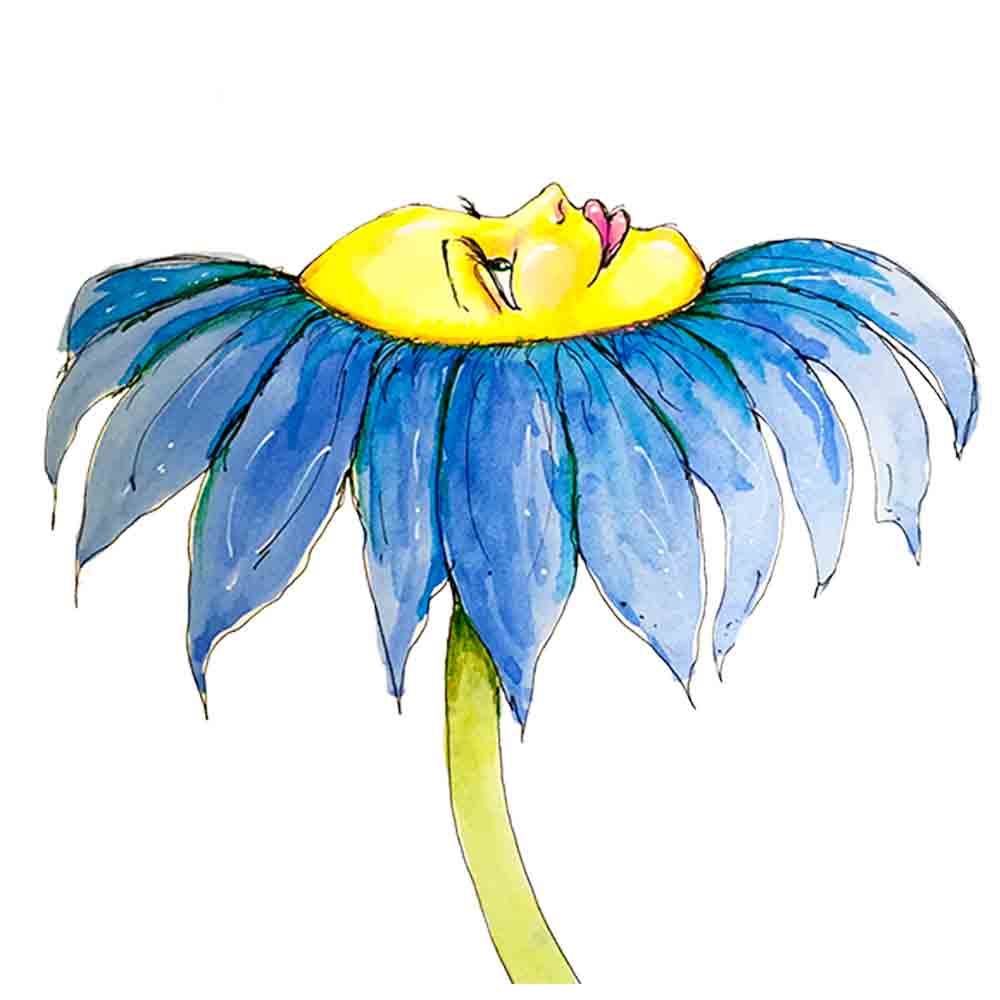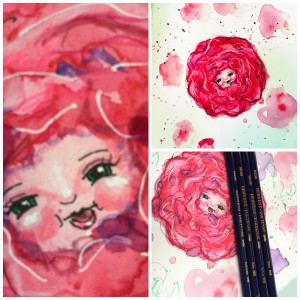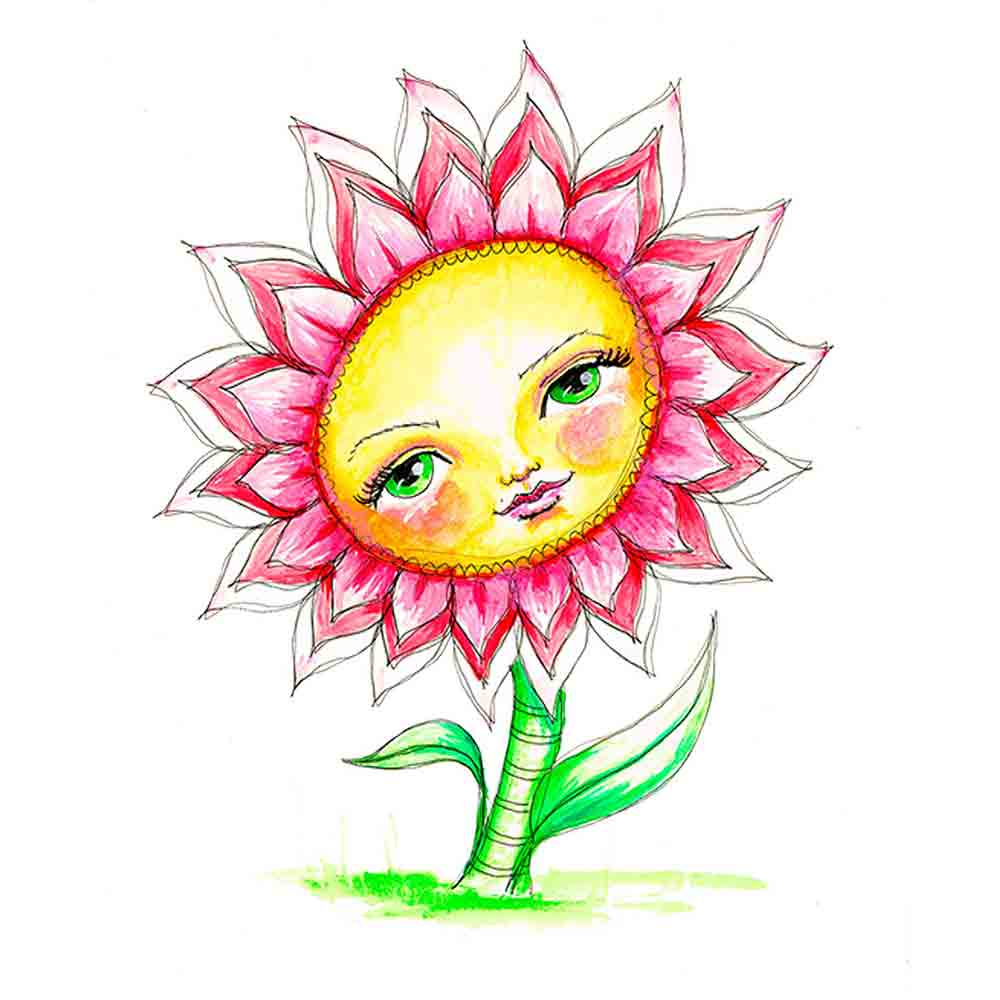Is there anything more cheerful than a bowl of Gerbera daisies? Daisies can be something of a humble, understated little flower, but the Gerbera is not easily overlooked. In fact, I think they look a little bit fancy.
They come in a glorious range of bold colours and can be single, double, quilled or crested double. See....? Fancy!
Like me, the Gerbera comes from Africa. It was discovered by a Scotsman, Robert Jameson, near Barberton in South Africa in 1884. My grandmother used to call them Barberton daisies. Now I know why...
Gerberas come in an impressive range of vivid colours. With their beautifully large heads and thick, sturdy stems they are an excellent choice of cut flower, that lasts well in the vase. In the garden they are perennial only in the warmer climes - tough winters are too much for African beauties.
All daisies are associated with innocence and purity. Gerberas have the added association of cheerfulness. But their benefits go beyond brightening one's day. They are effective at removing some chemicals from the air like the tricholorethylene that is used in dry cleaning. They also filter out formaldehyde and the benzene that comes with inks. So not only are they merry and bold, but Gerbera daisies may actually be decreasing our risks of cancer, asthma, allergies and auto immune diseases.
We are probably all aware that most plants absorb carbon dioxide and give off oxygen during the day. However, unlike some other plants, Gerbera daisies continue to do so at night. This means that having a Gerbera daisy plant in your room at night can increase the level of oxygen in the room resulting in a better night's sleep.
Columbia and the Netherlands are currently the largest suppliers of cut Gerberas. The Gerbera daisy is the world's fifth most favoured cut flower. In case you are now wondering, the four most popular cut flowers in the world are rose, carnation, crysanthemum and tulip, in that order.
So go on, brighten your day, breathe a little easier - get yourself a Gerbera Daisy...
References:
http://www.sustainablebabysteps.com/types-of-houseplants.html
http://www.proflowers.com/blog/history-and-meaning-or-garbera-daisies
Explore more of the Flower Faces Series and the rest of the monthly series in the Collection.
































